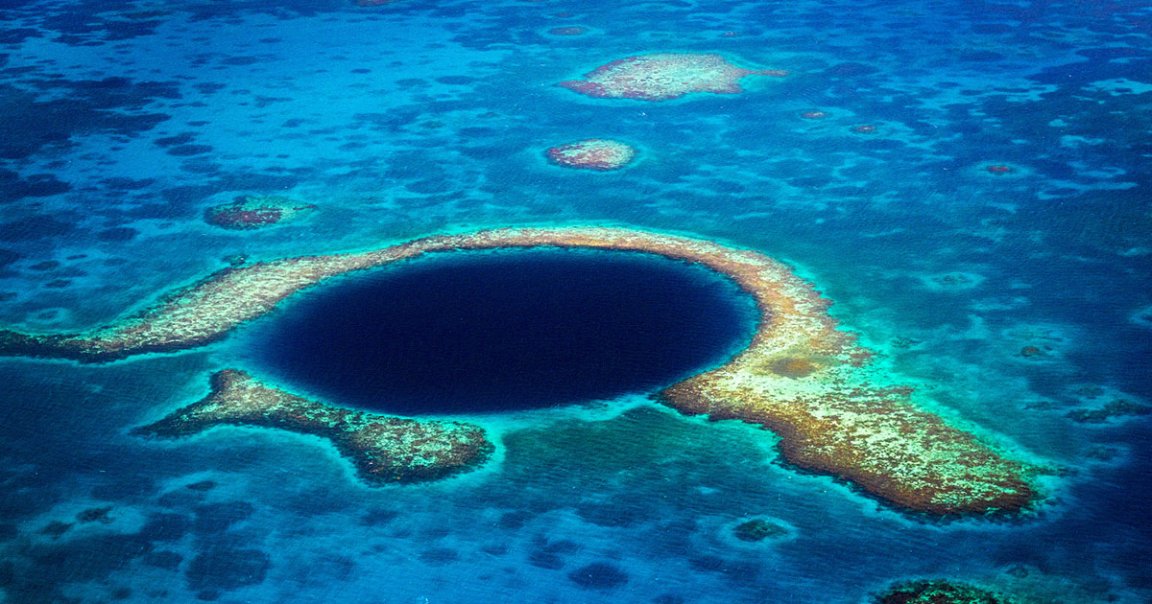
Deep Cuts
A team of researchers has identified the deepest known sinkhole on Earth — so deep that they have yet to reach its bottom.
The Taam Ja’ Blue Hole (TJBH), which is located underwater, off the coast near the border between Mexico and Belize, was once thought to be the second-deepest of its kind, as CBS News reports.
But according to a new paper published in the journal Frontiers in Marine Science, the site may be far deeper than previously thought, extending at the very least to a daunting 1,380 feet below sea level, making it the deepest known blue hole on Earth.
To put that number in perspective, the deepest known point on Earth is called Challenger Deep in the Mariana Trench, which is around seven miles (36,000 feet) deep. The TJBH, however, is located a mere two miles off the shore of Mexico, while the Challenger Deep is almost 200 miles from Guam, an extremely remote island in the middle of the Pacific Ocean.
Even more enticingly, the researchers believe that the hole is connected to an extensive network of underwater caves and tunnels, making it a tantalizing place to look for yet-undiscovered marine biodiversity, since holes like it are often teeming with life.
The discovery highlights just how much there is still to learn about our planet’s oceans. According to the National Oceanic and Atmospheric Administration, we’ve only explored five percent of the Earth’s oceans, despite them covering almost 70 percent of the planet’s surface.
Tight Squeeze
As their name suggests, blue holes are vertical caverns or sinkholes that are filled with seawater. Many formed during previous ice ages, when low sea levels allowed rain and chemical weathering to bore into limestone-rich landscapes.
The team of Mexican researchers conducted a scuba diving expedition in December, attempting to map the environmental conditions in the TJBH. Using a set of probes attached to a cable-deployed instrument, they attempted to measure the hole’s incredible depth, concluding in their paper that it’s “the world’s deepest known blue hole, with its bottom still not reached.”
The team also found that the water’s properties below 1,312 feet closely resembled those of the Caribbean Sea, suggesting the hole may be connected to the ocean via “potential subterranean connections.”
Understandably, the team is now keen on coming back to figure out its true maximum depth and explore the suspected system of caves and tunnels — an endeavor likely as anxiety-inducing as it is mesmerizing.
More on marine science: Scientists Alarmed by Spike in Ocean Temperatures